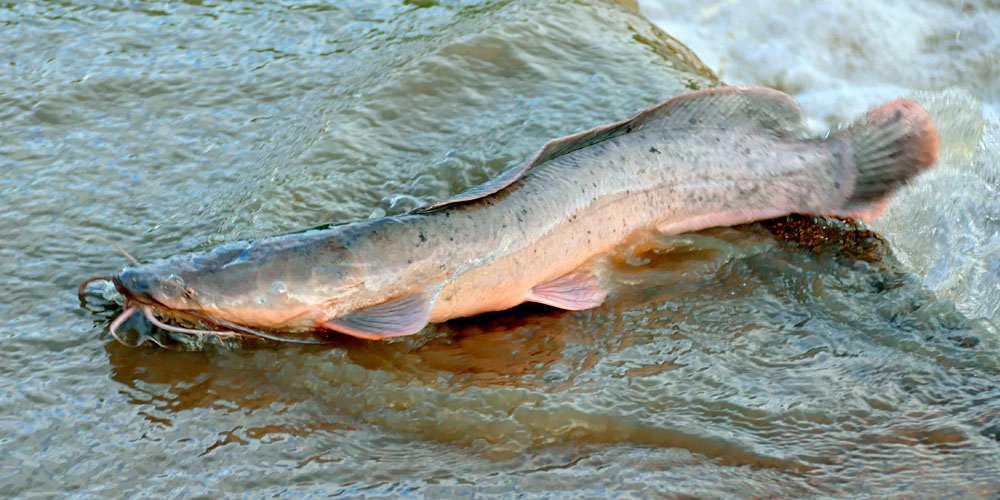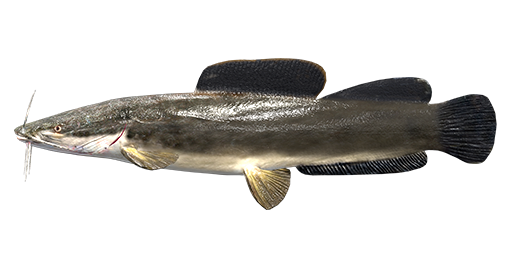Exploring the Wonders of African Catfish Species

Aquaculture, the farming of aquatic organisms, has emerged as a crucial pillar of global food security, providing sustenance to millions worldwide. Among the diverse array of cultivated species, African catfishes stand out as highly sought-after aquaculture candidates, renowned for their rapid growth rates, adaptability, and culinary versatility. In this captivating exploration, we delve into the remarkable world of African catfishes, unraveling their biological traits, aquaculture advantages, and potential for hybridization.

Delving into the Aquatic Realm of African Catfishes
African catfishes, encompassing over 100 recognized species, belong to the family Clariidae and inhabit a vast spectrum of freshwater habitats across the African continent. These remarkable creatures have mastered the art of survival, thriving in environments ranging from tranquil lakes and meandering rivers to murky swamps and ephemeral puddles. Their remarkable respiratory adaptations, including air-breathing organs, enable them to endure in oxygen-depleted waters, further testament to their resilience.
African Sharptooth Catfish (Clarias gariepinus)
The African sharptooth catfish, scientifically known as Clarias gariepinus, reigns supreme as one of the most widely cultured freshwater fish species globally. Renowned for its adaptability, rapid growth, and omnivorous feeding habits, C. gariepinus has become a cornerstone of aquaculture endeavors in Africa and beyond. Its popularity extends beyond the realm of aquaculture, as its delicate, mild-flavored meat has captivated the palates of culinary enthusiasts worldwide.
A Culinary Gem


Vundu Catfish (Heterobranchus longifilis)
The vundu catfish, scientifically named Heterobranchus longifilis, commands respect as the largest true freshwater fish in southern Africa. These behemoths can attain lengths of up to 1.5 meters and weights of up to 55 kilograms, making them awe-inspiring denizens of African waterways. Their voracious appetites and adaptability have made them valuable candidates for aquaculture, offering promising avenues for enhancing food production.
A Giant among Giants


Unveiling the Aquaculture Prowess of African Catfishes
African catfishes, particularly C. gariepinus and H. longifilis, have garnered widespread acclaim in the aquaculture sector due to their exceptional traits that align perfectly with sustainable and productive fish farming practices. Let’s delve into the factors that set these remarkable species apart:
-
Rapid Growth Rates: African catfishes exhibit remarkable growth rates, reaching marketable sizes within relatively short periods, thereby reducing production cycles and enhancing economic效益.
-
Adaptability to Diverse Environments: These fishes demonstrate remarkable adaptability, thriving in a wide range of water quality conditions, including those with low oxygen levels, further expanding the scope of their cultivation.
-
Tolerance to High Densities: African catfishes exhibit tolerance to high stocking densities, enabling efficient utilization of rearing facilities and maximizing production outputs.
-
Nutritional Versatility: Their omnivorous feeding habits allow them to thrive on a wide range of feedstuffs, including agricultural byproducts, reducing feed costs and promoting sustainable aquaculture practices.
Harnessing the Power of Hybridization: The Birth of Heteroclarias

Scientific advancements have paved the way for exciting hybridization ventures involving African catfishes. By crossing C. gariepinus with H. longifilis, a novel hybrid known as Heteroclarias has emerged, captivating the attention of the aquaculture community. This hybrid inherits a unique blend of desirable traits from its parents, offering promising prospects for enhanced productivity and economic returns.
Advantages of Heteroclarias
-
Sterility: Unlike its parent species, Heteroclarias is sterile, preventing unwanted reproduction and redirecting energy towards growth and overall health.
-
White Meat: Its white flesh is highly sought-after by consumers, enhancing market value and culinary appeal.
-
Rapid Growth: Heteroclarias inherits the rapid growth rates of its parents, reaching marketable sizes efficiently.
-
Disease Resistance: The hybrid exhibits enhanced disease resistance, reducing susceptibility to infections and improving overall health.
-
Feed Efficiency: Heteroclarias demonstrates improved feed efficiency, consuming less feed while maintaining rapid growth rates, enhancing economic效益.
-
Larger Size at Harvest: Heteroclarias attains larger sizes at harvest, yielding more meat per fish and increasing profitability.
-
Extended Post-Harvest Survival: The hybrid’s extended post-harvest survival enhances its appeal to buyers, reducing losses and preserving freshness.
-
Improved Taste: Consumers often prefer the delicate taste of Heteroclarias due to its white flesh.
Conclusion: Embracing the Potential of African Catfishes
African catfishes, with their exceptional aquaculture attributes, have established themselves as cornerstone species in global aquaculture endeavors. Their rapid growth rates, adaptability, and tolerance to diverse conditions make them ideal candidates for sustainable and productive fish farming practices. The emergence
Cialis Precio Farmacia Del Ahorro
In my opinion it is obvious. I advise to you to try to look in google.com
Cialis 5 mg prezzo cialis 5 mg prezzo cialis 5 mg prezzo
Pingback: Successful Catfish Farming: The Ultimate Guide to Starting a Catfish Farm -